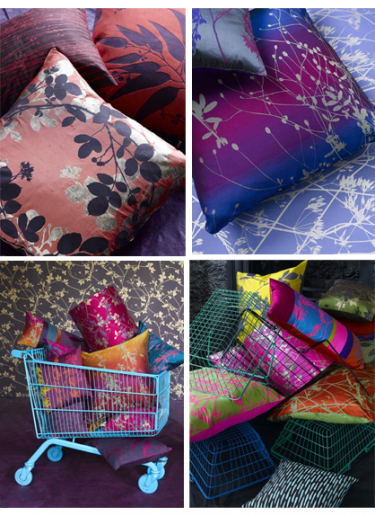Synthetic
Polyester:-
This is the most popular and most budget-friendly. It’s non-allergenic. You can wash it. And it’s easy to find. Companies now makes a fluffier version of their original Polyfil with fibers that better resist flattening. You can also get polyester/cotton blends to give you added firmness.
Polyester Pellets:-
These look like little droplets of plastic and are often used by crafters to fill stuffed animals. But you can use them in little neck pillows all the way up to big floor pillows.
Micro-beads:-
Think of them as extra small pellets. Manufactured to be almost perfectly uniform, these little beads slide easily against each other. Because they can be shaped and give support, they’re often used to make therapy pillows.
Beanbag Filler:-
These are tiny polystyrene (that stuff they make cheap ice chests out of) beads. They’re light and fluffy, and can be easily reshaped. They’re designed for big beanbag chairs, but you can use them in other pillows as well.
Foam:-
You can find a lot of different kinds of foam, from the classic stuff they make chair pads out of to high tech Memory Foam. If you like the solid feel of foam but don’t want artificial, you can get natural latex rubber. It does a nice job of conforming and supporting your body.
Natural
Down and Other Feathers:-
Made from the soft under feathers of ducks or geese, down has remained very popular through the years. It’s even better now as improvements have been made in feather-proof casings and removing dander in the down. It’s great for sleeping pillows and sofa pillows that will be sat on. Washing a down pillow is not recommended because it’s difficult to dry the feathers properly. So you should make a removable cover.
Wool:-
This traditional filling takes advantage of the fiber’s ability to stand up to years of wear without losing shape. A good pillow liner can make wool feel as soft as cotton.
Horsehair:-
Not just for cowboys. This natural fiber made of stiff mane hairs is naturally springy and retains its shape well. It makes a dry pillow texture – great for people who sweat while they sleep.
Natural Shredded Rubber:-
It’s easy to forget that real rubber grows on (or in) trees. When shredded, natural rubber looks a little like cottage cheese, but has the nice firm feel of memory foam.
Seeds and Herbs
Buckwheat:-
This grain seed has been used in therapeutic pillows for years. Buckwheat gives firm support to small pillows. People like it for neck pillows or other travel pillows. Buckwheat can be noisy in a full size pillow.

Millet:-
Supposedly quieter than buckwheat, millet seeds are finer and give better contouring. They also contain silicon acid, which is released from the hulls via body heat and is reported to have numerous therapeutic properties.
Flax-seed:-
Used in small therapeutic pillows. You can make a long neck pillow with flax seed and heat it in the microwave for soothing warmth. Flax seeds don’t give off an odor, which is to some people’s liking.
Lavender:-
When harvested and dried, lavender buds give off a soothing aroma. You wouldn’t want to sleep directly on a lavender-filled pillow (it’s a little too crunchy). Instead, you can make a tiny lavender pillow to tuck under your regular pillow, where you can still enjoy the benefit of the pleasing smell without the annoying crunch. I mix a quarter cup of dried lavender with flax seed to fill a small lavender pillow.



